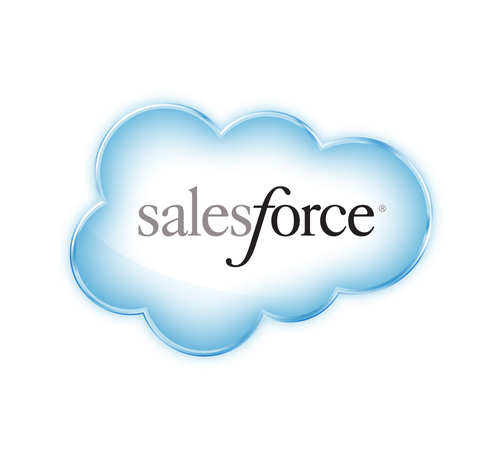A new product from a Swedish firm pulls together "personalized" sales rep information from many Salesforce partner apps.


Salesforce Vs. The Competition: A CRM Primer
Salesforce Vs. The Competition: A CRM Primer (Click image for larger view and slideshow.)
Saleforce CRM applications enjoy a large ecosystem of third-party partner applications with which they can interact. A Swedish company, Brisk, would like to make the information in those applications more useful to Salesforce users.
The Brisk Administration System, announced Tuesday, Sept. 15, at Dreamforce, pulls together information from varied applications for each Salesforce user.
Many sales force representatives get good information out of applications like Zuora, the relationship business management software; Recurly, the recurring billing automation app; and Stripe, the Web and mobile payments system. Administration System connects to and extracts data from each, evaluating what it sees in light of recent Salesforce user activity.
All companies use multiple tools, but rarely do they coordinate information in different tools and leverage it for the benefit of the business, said Hampus Jakobsson, founder and CEO of Brisk.
"Let's say the accounting department notices that suddenly a customer credit card doesn't pay the bill on time. The accounts receivable department notices that information, but the salesforce does not," said Jakobsson, in a phone interview from his headquarters in Malmo, Sweden.
[Want to learn more about Salesforce customer patterns? See the report by Bluewolf. Salesforce Customers Investing In Multiple Clouds, Report Finds.]
Such information should be made available to the salesforce, because it would tell the salesperson in whose territory the delinquent account was located that something was up with the customer. To protect the business relationship, the salesperson could contact the customer and ask how effectively the product was working, whether the company needed help to make it work for it, and whether the contact knew that the credit card was no longer working.
"You could use the information for some purpose other than turning off the product," said Jakobsson.
Jokobsson's 11-person company is using Salesforce CRM as the pivot point for such information to be made available. His product, Brisk Administration System, plugs an agent into the user's Chrome browser, establishes the user's Salesforce credentials there, then starts examining information in partner applications to try to find relationships.
The Administration System will check the salesperson's email to see who he or she has been communicating with and which parties have responded. Are there significant customers that the salesperson has contacted who have failed to respond? Are there deals pending that the salesperson isn't tracking? Administration System begins to list things in categories that help the user to keep track of the state of important communications.
The system must be configured to work through connectors with the different applications. Once configured, it integrates with sales, payments, accounting, and marketing tools, and then recommends a next step in the sales process with any given client, Jakobsson said.
He reads a lot about the corporate use of big data, but, he said, "I'm in love with small data. Small data is just finding the right information and connecting the dots." Many business organizations are using 20 applications or more, but they seldom are able to leverage the information found in one with that of another.
Administration System also makes use of information in Google Docs and Google Calendar, if the user is using those applications. Applications used in spotting customer churn may also be connected. One of them might notice that a customer's number of licenses has bobbed around for months, but is basically on a path of diminishing youth. That fact would be picked up by Administration System and called to the user's attention.
It can also tie into a marketing application, such as Marketo, and make sure that sales people as well as marketing representatives see the resulting information. The customers responding to a particular marketing campaign might be concentrated in a handful of sales people's territories. If so, Administration System would try to collect that result and present it to them.
Jakobsson said that Administration System doesn't capture data from one application and move it to some other repository. Instead it's trying to evaluate what it sees and alert salesforce users to a fact's possible relevance. It does so by making up prioritized lists or highlighting information in certain categories, such as opportunities stuck in stage, non-responding people, and people awaiting a reply.
Administration System may be downloaded for free from the Brisk.io website. Jakobsson said that once its use has spread in an organization, the company typically wants a supported version, which is available for $29 per user per month.
About the Author(s)
You May Also Like







